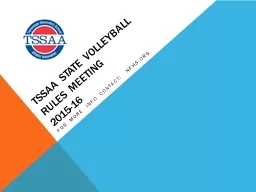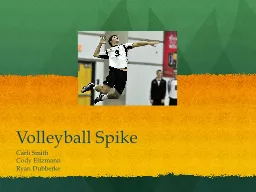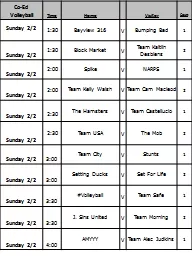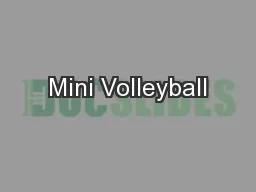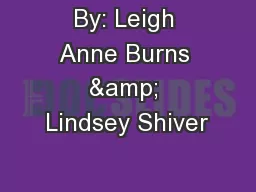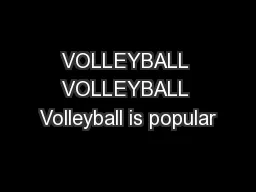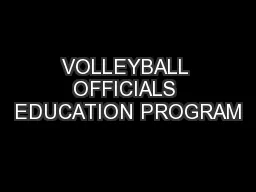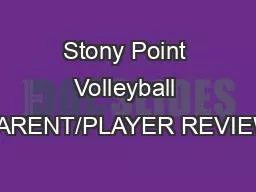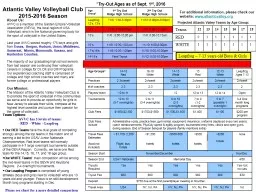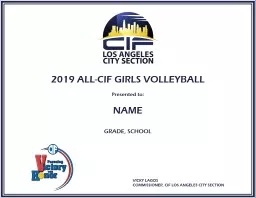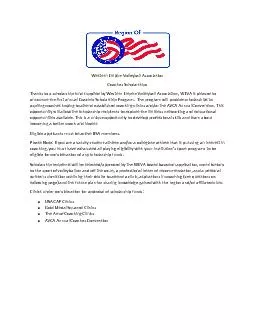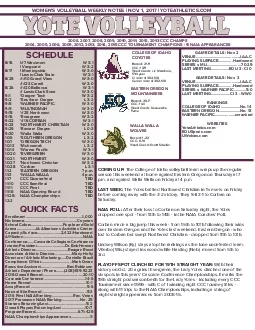PPT-TSSAA State Volleyball Rules Meeting
Author : jane-oiler | Published Date : 2017-07-01
201516 For more info contact NFHSorg Additional information Trina Melton Tmeltontssaaorg Marsha Goodwin State Supervisor of Volleyball Officials megvbref68yahoocom
Presentation Embed Code
Download Presentation
Download Presentation The PPT/PDF document "TSSAA State Volleyball Rules Meeting" is the property of its rightful owner. Permission is granted to download and print the materials on this website for personal, non-commercial use only, and to display it on your personal computer provided you do not modify the materials and that you retain all copyright notices contained in the materials. By downloading content from our website, you accept the terms of this agreement.
TSSAA State Volleyball Rules Meeting: Transcript
Download Rules Of Document
"TSSAA State Volleyball Rules Meeting"The content belongs to its owner. You may download and print it for personal use, without modification, and keep all copyright notices. By downloading, you agree to these terms.
Related Documents

